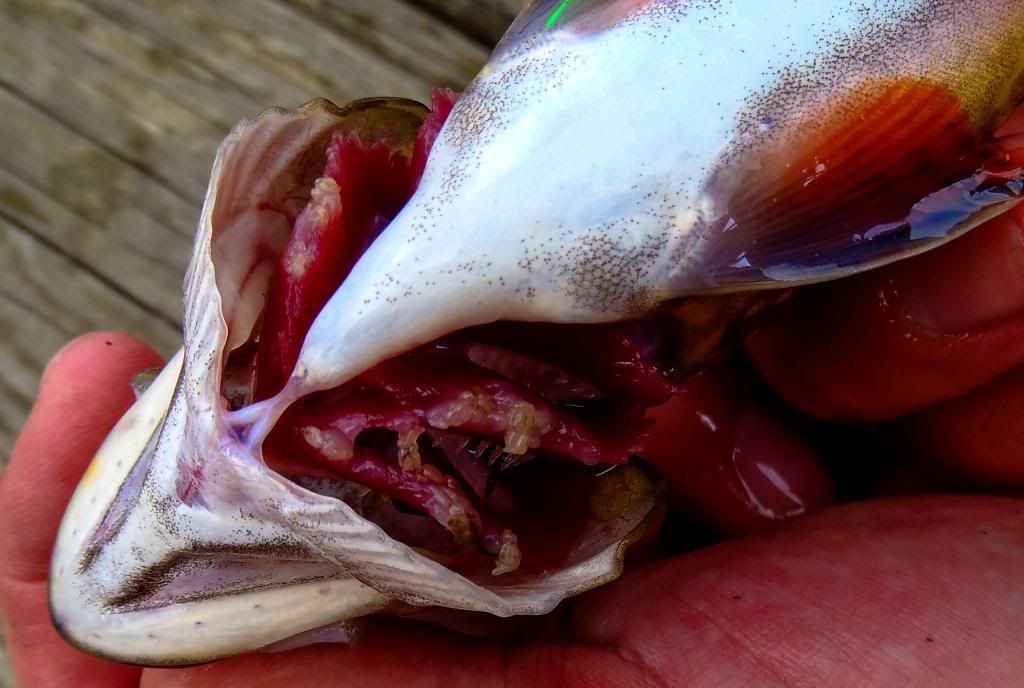
email to Matt Mitro TODAY:
I am wondering about stocking brook trout in streams with know Gill Lice infections?
Would it not only make sense to NOT put healthy brook trout in infected streams?
Any stocking should be done in streams with NO reported infections?
Maybe brown trout should be stocked again?
Len Harris
.......................................
Matt's response
Len,
These are all important questions. I don't think we have the data yet, however, to adequately answer all of these questions right now.
Host density (brook trout in this case) is a significant factor in whether or not gill lice become epizootic (infection rates rising to epidemic proportions). But it is likely not the only factor. We are trying to figure out what those other factors are.
Brown trout co-occurring with brook trout may be an important factor. One hypothesis is that brown trout may be effecting locally-high densities in brook trout. That is, brown trout may be pushing brook trout into locally-higher densities than may have occurred otherwise had brown trout not been present. If that is the case, then that would be one more reason not to stock brown trout on top of brook trout if we desire to keep brook trout in the stream.
The questions you raise are another reason why we need to compile data on gill lice presence and absence. Until we have those data, we cannot adequately implement such a stocking strategy.
Matt
When you arise in the morning, think of what a
precious privilege it is to be alive - to breathe, to think,
to enjoy, to love.
- Marcus Aurelius





 Reply With Quote
Reply With Quote